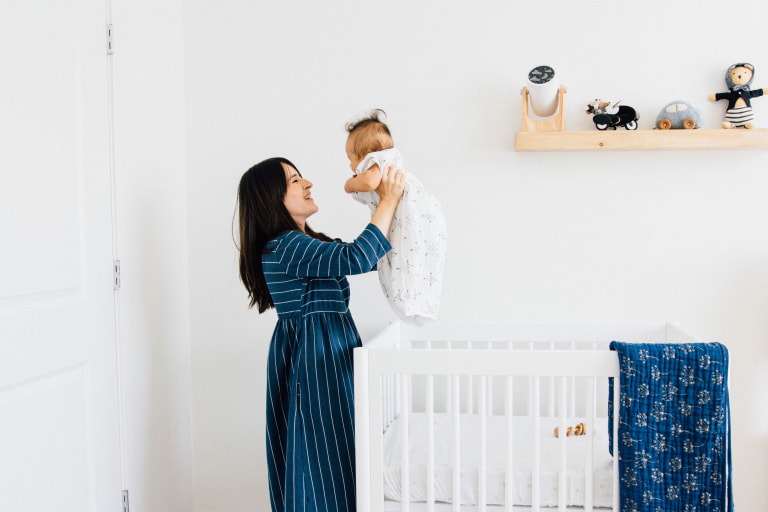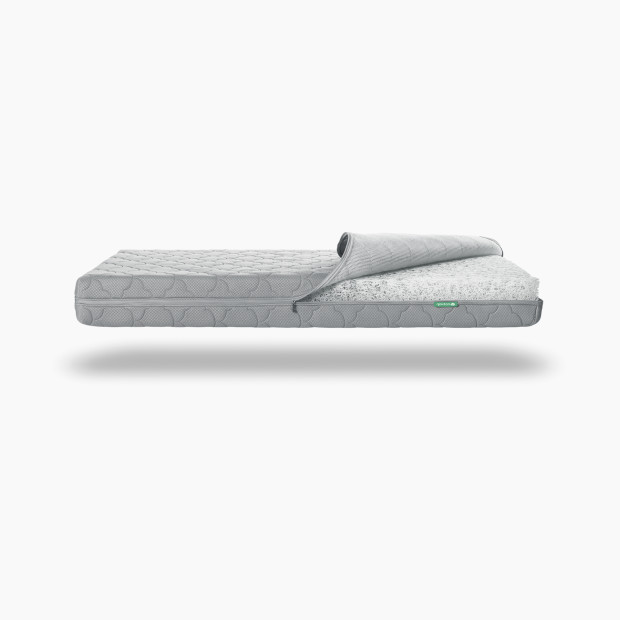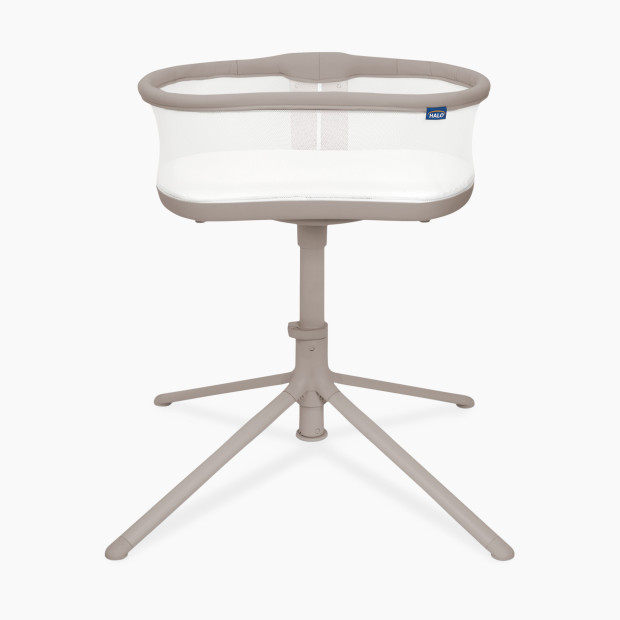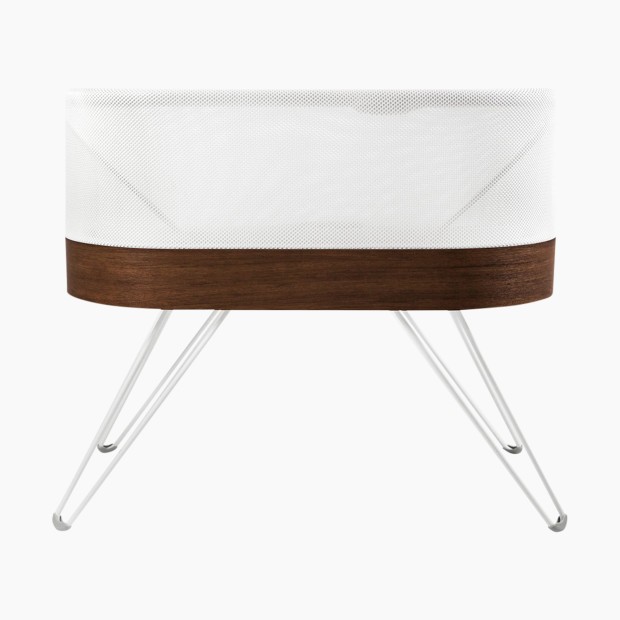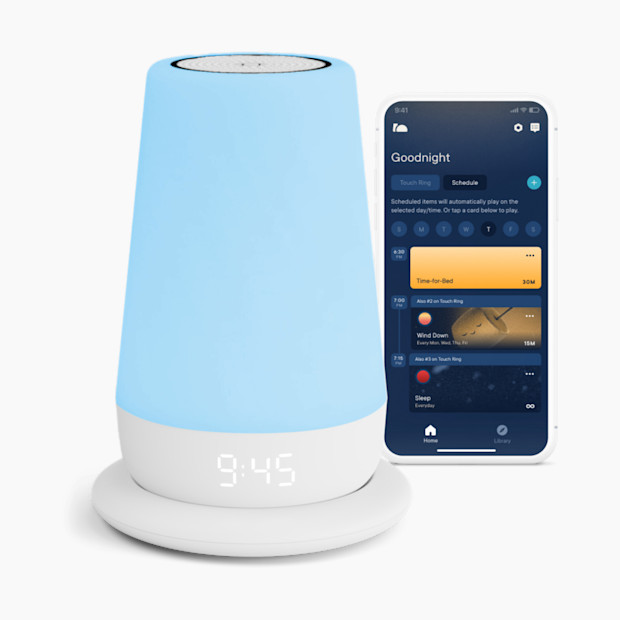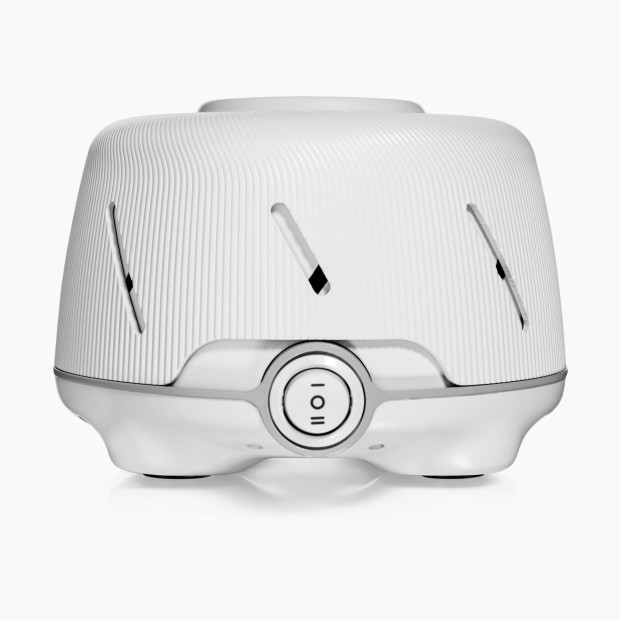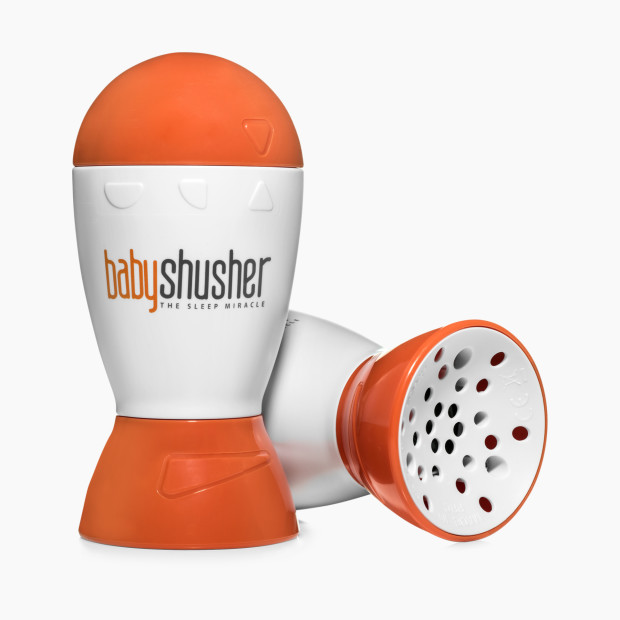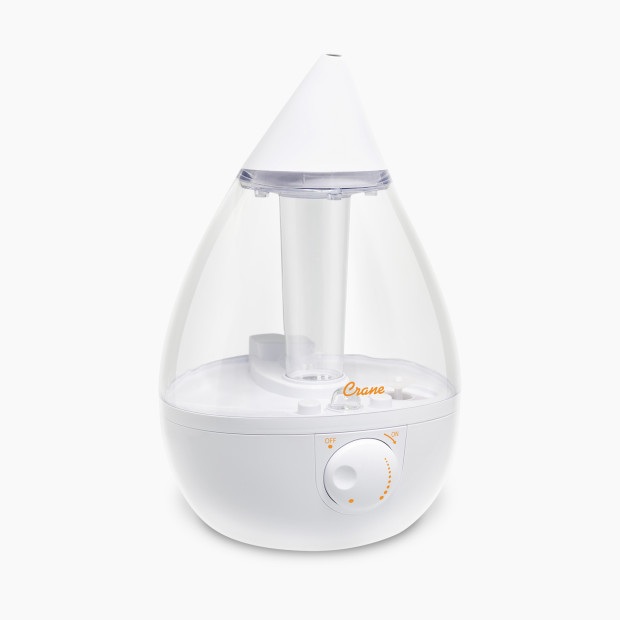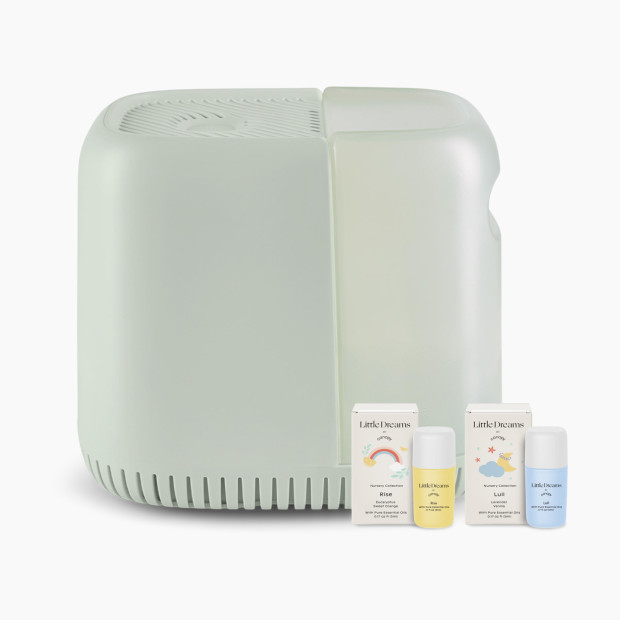How to Create a Bedtime Routine for Your Baby
When it comes to getting better sleep for you and baby, consistency is key.
When your baby is a newborn, the idea of having any kind of bedtime routine can seem like a crazy idea. Weren’t they just partying in the womb at 3 a.m. two weeks ago? But if there’s one thing babies love almost as much as eating and snuggles, it’s consistency.
Everyone’s brains and bodies need some kind of wind-down before bed. Not to mention, while healthy sleep patterns are vital for your baby’s physical and mental development, they are just as important for you. Sleep deprivation isn’t entirely avoidable, but anything that can improve your sleep will make new parenting, work and daily life in general much easier. In the long run, a good routine can mean better sleep—not just for your baby, but for your whole family.
When to Start a Bedtime Routine
Time is not a concept babies are born with. Newborns don’t know that nights are for sleeping and days are for waking, so it’s perfectly normal for them to sleep in short bursts and wake every two to three hours to eat. Around six to eight weeks, they begin to develop their circadian rhythms and usually start sleeping for longer stretches of time at night.
Establishing a bedtime routine can help nudge them in the right direction in establishing a more predictable daily rhythm. And one thing that’ll make it easier to stick with a nighttime routine is sticking with a regular daytime routine, so try to keep naps and feedings at regular times. You can also try using similar cues and patterns when putting your baby down for naps as you do for bedtime (and if your baby is with a caregiver during the day or at daycare, see if they can do the same. Most structured daycares will tend toward routine anyway).
Once you’re ready to start a bedtime routine with your baby, here’s how to do it, with some suggestions for products to optimize baby’s sleep.
Create a Cozy Sleep Environment
Keep Baby’s Room Cool and Dark
Consider blackout curtains if baby’s room has too much natural light (they even come in cute nursery-friendly styles). And while your instincts probably tell you to keep your baby warm at night, cooler is better when it comes to sleep. According to the National Institute of Health, keeping babies cool is also a protective factor against the risk of SIDS. The ideal temperature range for baby’s room is between 68 to 72 degrees Fahrenheit. If you live in a hotter climate (or somewhere that only occasionally gets hot and you don’t have AC) putting a fan in baby’s room can help keep air circulating so they stay cool. Just be sure it’s not pointing directly at them.
Create a Safe and Comfortable Place to Sleep
Whether your baby sleeps in their own room or in yours, be sure to follow safe sleep practices. This means baby should always be put down in a bare crib or bassinet with no pillows, blankets or stuffed animals (a tight-fitting sheet is OK). Some newer bassinets like the Snoo also offer sleep-friendly tech that soothes your baby, which may encourage longer stretches of sleep (keep in mind: they’re pricey, even with the monthly rental option, and can be hard to “wean” off of).
Add White Noise
From creaky floors to dogs barking, many babies are easily woken by noises around the house. A white noise machine (or even an iPhone app in a pinch) can help your baby sleep more soundly, and turning one on at sleep time can signal it’s time for rest.
Clear the Air
Dry air can make it harder for your baby to clear mucus out of their airways, which can lead to interrupted sleep, so consider a humidifier to improve their air quality.
Swaddle
Swaddling prevents newborns from startling themselves awake while providing a cozy womb-like cocoon to sleep in. If your baby has already started rolling over by themselves (typically around two months, but the timing is different for each baby) you’ll want to stop using swaddles that restrict their arms. Opt instead for a swaddle that lets them sleep arms out, like the Halo SleepSack (same snuggles, but safer for babies who can roll on their own).
Set Signals for Bed
Once the environment is conducive to sleep, you’ll want to figure out a routine of a few things to do that’ll signal it’s time for bed. We’re sharing a few ideas but remember to pick and choose whatever works best for your baby and family. Any or all of these ideas are great, but it’s totally fine to keep your routine quick and easy.
- Dimming the lights around your home will help tell your baby’s brain (and circadian rhythm) that it’s nighttime and sleep is ahead. In fact, the sun setting causes our bodies to release sleepy time hormones.
- Give them a warm bath followed by a good lotioning up to get them extra cozy. Babies don’t need a bath every day (it can be hard on their sensitive skin) but a nice warm bath at the end of the day is a great way to wind down. If you want to add this part to your nightly routine, consider skipping the soap some nights and always make sure the water it’s too warm.
- Put on a fresh diaper, cozy jammies and sleep sack (whether you’re bathing them or just doing a quick wipe down).
- Read a bedtime story or sing a lullaby. This is the perfect opportunity get some last snuggles in and can help them relax.
Once you start implementing the routine that works for you, give it some time. All babies adjust and figure it out eventually. And know that developmental sleep regressions, colds, teething, vacations and other life interruptions can throw schedules out of whack, so be patient with your little one and yourself.
Briana Engelbrecht
Assistant Editor
Briana Engelbrecht is Babylist’s Assistant Editor, where she brings her passion for early childhood development and the perinatal period, plus experience as a mom of two to Babylist articles and guides. She’s also a certified lactation counselor. A former preschool teacher, she loves children’s picture books, cats, plants and making things.

